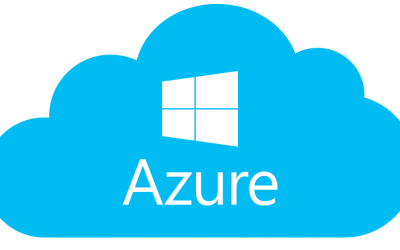Microsoft Azure Stack Offers Pay-As-You-Use Pricing Model

Delayed Azure Stack now enters third and final technical preview before official launch later this year
Microsoft is busy preparing its Azure Stack for general availability later this year, but in the meantime has added new features and a different pricing model in its third and final technical preview (TP).
It is worth remembering that Azure Stack is a Microsoft Azure cloud infrastructure product that is designed to allow businesses to run Azure IaaS and PaaS services directly within their own data centres.
This means that customers will be able to enjoy using the full range of public Azure services, but will be able to maintain them on their own hardware in private or hybrid platforms.
 TP3 Release
TP3 Release
Microsoft revealed that TP3 is available for download in a new blog posting.
Redmond said it comes with new features that will enable more modern application capabilities, coupled with the ability to run in locations without connections to Azure.
There have also been infrastructure and security enhancements.
Another big change with TP3 is the packaging and pricing model, with the introduction of pay-as-you-use pricing.
“As with Azure, there are no upfront licensing fees for using Azure services in Azure Stack and customers only pay when they use the services,” Microsoft wrote.
Microsoft also announced the extension of Azure technologies on-premises and several Azure Stack updates to ensure businesses opting for hybrid cloud environments will be able to have “the same flexibility and innovation capability to match their business objectives and application design”.
To this end, Azure Stack enables three unique hybrid cloud scenarios.
Firstly it will offer consistent hybrid application development. This will be achieved because of the consistency between Azure and Azure Stack, which means that customers can cherry pick talent from around the world so as to be productive on day one.
The second cloud scenario is Azure services available on-premises, thanks to the delivery of Azure IaaS and PaaS services so customers can adopt hybrid cloud computing based on their own individual business and technical requirements.
The third cloud scenario offered by the Azure Stack is purpose-built systems, as the integrated systems are designed to “continuously incorporate Azure innovation in a predictable, non-disruptive manner.”
In-House Azure
“Azure and the Azure Stack integrated systems enable businesses to focus on investing energy and talent on turning their application portfolio into a strategic differentiator for their business,” said Redmond.
“This approach enables customer choice and flexibility of deploying and operating their application where it best meets their business needs.”
Last month Cisco integrated the Azure Stack into its Unified Computing System (UCS) portfolio, to help encourage the adoption of hybrid cloud systems. That meant that Cisco kit can now deliver Azure compatible infrastructure that can be installed in customer’s on-site data centres.
The arrival of Azure Stack has been badly delayed however.
Originally planned for a 2016 release, Microsoft delayed the launch date until mid-2017 at the earliest.